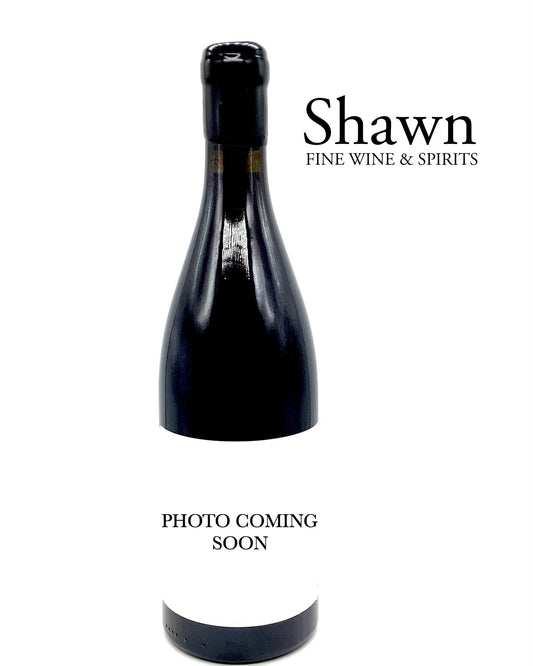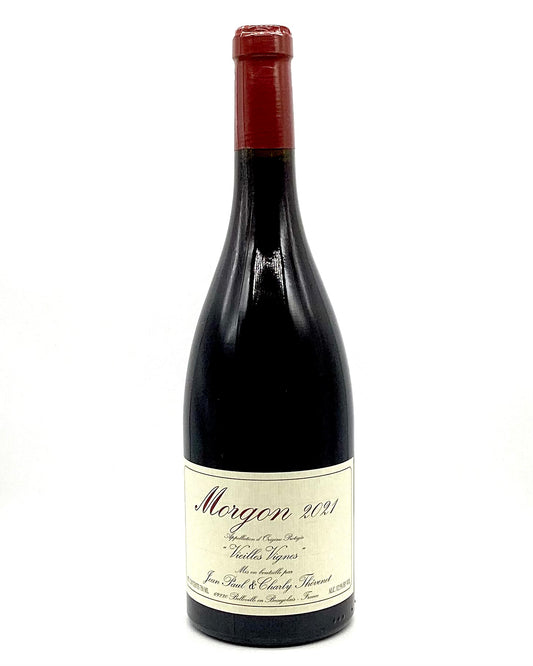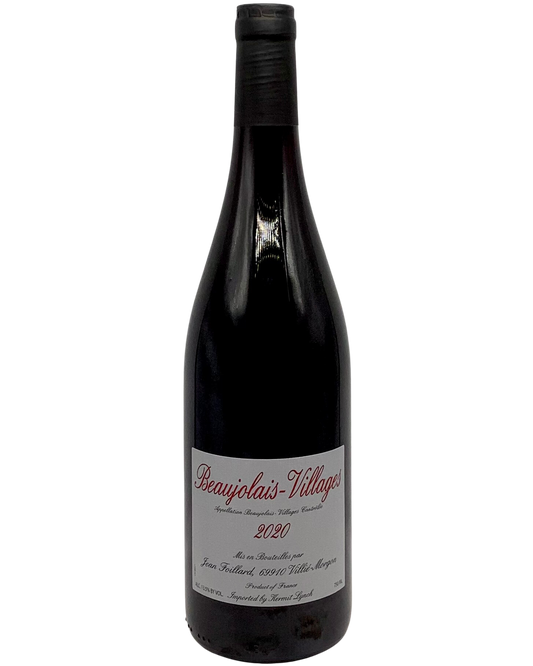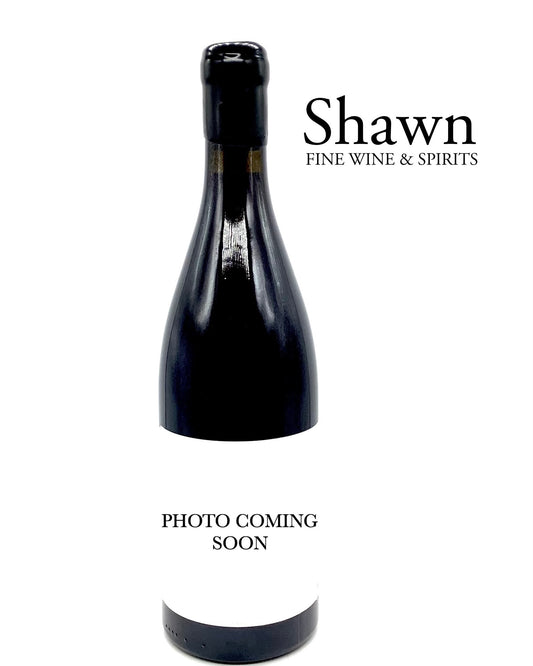In the 1980s there was a group of rebels dubbed The Gang of Four: Marcel Lapierre, Guy Breton, Jean-Paul Thévenet, and Jean Foillard. They were responsible for the Natural Wine Movement in Beaujolais, calling for a return to more traditional practices of viticulture and vinification. This meant starting with old vines, never using synthetic herbicides nor pesticides, harvesting late, rigorously sorting grapes to remove all but the healthiest bunches, and adding minimal doses of sulfur dioxide or none at all. They were obsessed with minimal intervention in both the vineyard and cellar, making wine in the "older and more natural" way.
With Thanksgiving fast approaching, we wanted to highlight our favorite grape to pair with the big feast — Gamay. Its fruity yet dry character is perfect to pair with large meals, and Beaujolais is the go-to region. From light and fragrant Beaujolais-Villages to grippy and chewy Morgon, there is something for everyone. Try serving some of these quintessential wines at this year and watch your guests light up with enjoyment.
GUY BRETON - MORGON, BEAUJOLAIS
Guy Breton took over his family estate in 1986 during a time when the domaine was selling fruit to large cooperative wineries, making very uniform and one-dimensional styles of wine. Breton wanted to change this and called for the return to the old ways of viticulture and vinification: old vines, no use of synthetic herbicides or pesticides, and minimal doses of sulfur. The end result is a wine that expresses the native terroir of Morgon - Rustic, spicy, minerally, refreshing and superbly delicious.
MARCEL LAPIERRE - MORGON, BEAUJOLIAS
In 1981, Marcel Lapierre's path would be forever changed by Jules Chauvet, a man whom many now call his spiritual Godfather. Chauvet was a winemaker, a researcher, a chemist, and a viticultural prophet. It was he who, upon the advent of chemical fertilizers and pesticides in the 1950s, first spoke out for “natural wine,” harkening back to the traditional methods of the Beaujolais. Marcel spearheaded a group that soon took up the torch of this movement, which included Guy Breton, Jean-Paul Thévenet and Jean Foillard.
Sadly, Marcel Lapierre passed at the end of the 2010 harvest — a poetic farewell for a man that forever changed our perception of Beaujolais. His son Mathieu and daughter Camille confidently continue the great work that their father pioneered, now introducing biodynamic vineyard practices and ensuring that Marcel's legacy lives on.
Lapierre wines are bright with fleshy red fruit flavors, supremely delicious and quaffable. We will definitely be enjoying any number of the domaine's bottlings for Thanksgiving this year.
JEAN-PAUL THÉVENET - MORGON, BEAUJOLAIS
Known as “Paul-Po” among friends, Jean-Paul Thévenet is reserved yet fun-loving. He farms his small five-hectare domaine in Morgon with his son, Charly. Jean-Paul is the third generation to produce wine at his family estate, but as a young man he took the domaine in an unexpected direction in the early 1980s. At the time, Beaujolais was flooded with mass-produced, over-commercialized wine, which pushed Thévenet to return to a more natural approach to wine making.
Jean-Paul maintains a low profile producing only 2,000 cases per year and simply focuses on creating the best wine possible. His Morgon always has a strong mineral back bone with lots of graphite and pencil lead aromas. The fruit is always plush and perfectly ripe with a dry finish. We are impressed year after year with the exquisite example of what Gamay is all about. Grace your Thanksgiving table with a bottle this year and thank us later.
JEAN FOILLARD - MORGON, BEAUJOLAIS
Jean and Agnès Foillard took over his father’s domaine in 1980. Most of their vineyards are planted on the Côte du Py, the famed slope outside the town of Villié-Morgon and the pride of Morgon. These granite and schist soils sit on an alluvial fan at the highest point above the town and impart great complexity.
Early on, Jean began to follow the teachings of Jules Chauvet, a traditionalist who defied everything that the more commercial brands were touting in the region. He returned to the old practices of wine making. This meant minimal doses of sulfur, native yeast fermentation and rigorous sorting of the grapes to include only the healthiest of bunches in his final product.
The end result allows Morgon to express itself naturally, as it should be without the bubblegum and banana aromas of so many other Beaujolais available today. Its rustic structure, spicy notes, and mineral-laden backbone are what real Morgon is all about.





